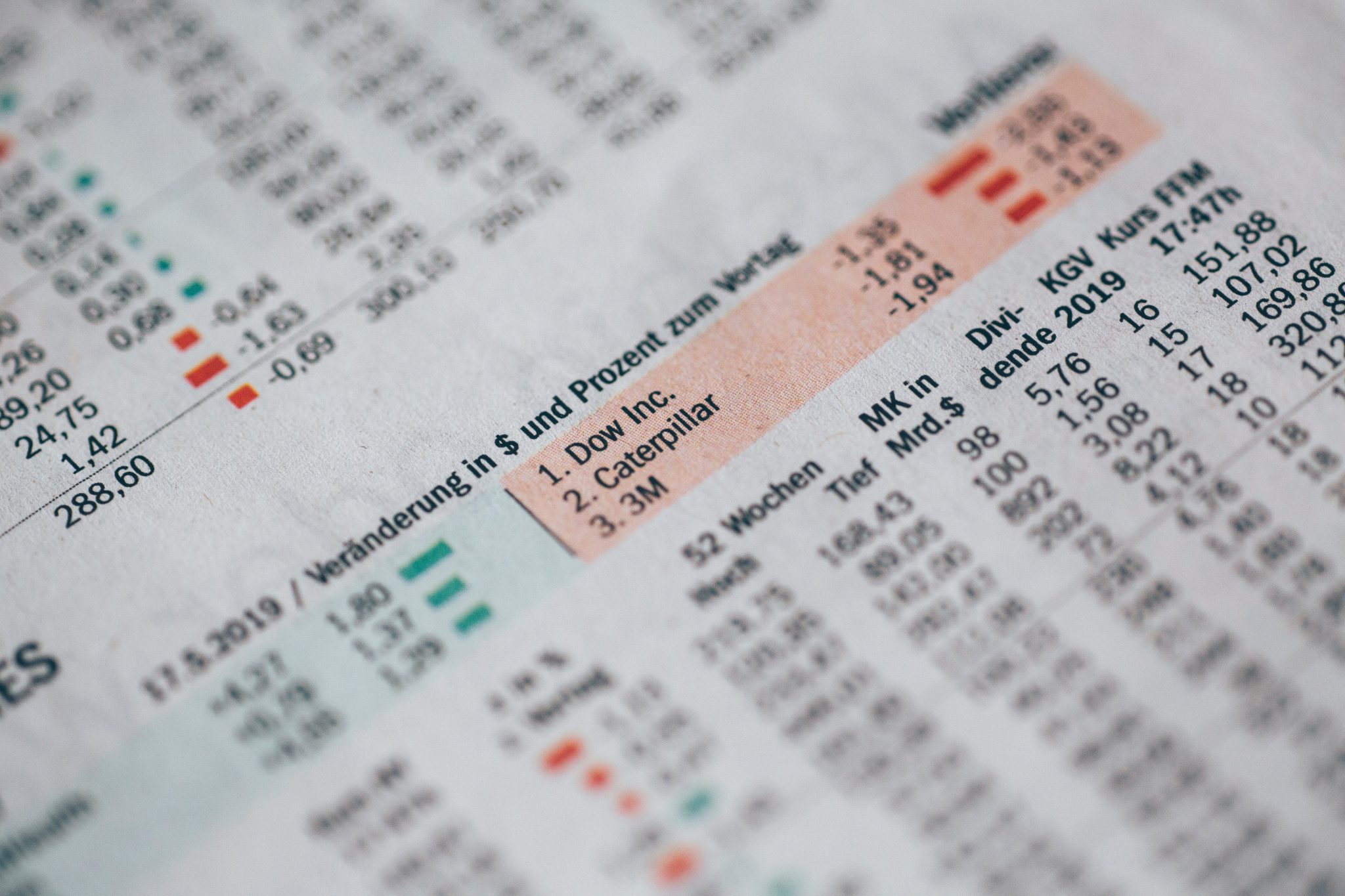If you are subject to required minimum distributions (RMDs), you may be wondering if they can affect your planned withdrawal strategy. You can see this easily by considering the RMD percentages by age and comparing them to your planned withdrawal rate. In this post I’ve made an RMD percentage table and will show you how to use it to compare RMD’s to your planned withdrawals.
If you have retired or plan to retire using a planned withdrawal rate and distribution strategy it’s a good idea to consider required minimum distributions and whether or not those will complicate your draw-down strategy.
RMD Calculation
The easiest way to compare your planned withdrawals against RMDs is to consider the RMD as a withdrawal rate. Does the IRS provide the RMD as a withdrawal rate? Of course not.
So, lets figure that out on our own. I’ll show you how.
Let’s start by calculating your RMD. The IRS provides the instructions in a worksheet that you can see here. It’s really pretty simple. You just divide your account balance by your life expectancy.
Your Life Expectancy
A key number you’ll notice in this process is your life expectancy. The basic idea behind a required minimum distribution is that it will force you to withdraw your balance over the course of your life, and not leave a large inheritance to your heirs. The RMD rules require that you withdraw an amount that would deplete your account at it’s current value over your current life expectancy.
A simple example:
You have $100,000 in your account and a life expectancy of 10 years. You will have ten annual withdrawals of $10,000 each if you withdraw your money evenly for the remainder of your expected life.
Your life expectancy comes from the Uniform Lifetime Table. I’ll use Table III which assumes you aren’t married to someone 10 years younger than you. This is the most common table, but of course use the appropriate table that applies to you.
At age 70 your life expectancy is 27.4 years. That doesn’t simply reduce by one year after each year. You’ll need to check your updated life expectancy each year. Your life expectancy at 71 drops to 26.5 years. Notice that is only a reduction of .9, not a full year year. (Because you’re aging so well…)
Without going down a rabbit hole of actuarial science, just recognize that this actually makes a lot of sense. The probability that a 71-year-old will make it to 72 is slightly higher than the probability that a 70-year-old will, even if for no other reason than they have one less year to dodge wild drivers or evade the hit-men.
Your Account Balance
Your account balance for calculating your RMD in a given year is the balance as of December 31 of the previous year. For example, your 2019 RMD is calculating based on your account balance as of December 31, 2018.
Your RMD
Lets do the calculation with an example now. Consider an account balance of $500,000 and your first RMD at age 70 with a life expectancy of 27.4 years.
Your RMD is:
$500,000/27.4 = $18,248.18
You’ll need to withdraw AT LEAST $18,248.18 for the year.
RMDs as a Withdrawal Rate
So how do we think of this as a withdrawal rate that you can compare to your planned retirement withdrawal rate? Simply divide the RMD by the account balance. $18,248.18 divided by $500,000 = 3.65%
In other words, you are required to withdraw AT LEAST 3.65% of your portfolio if your RMDs begin when you are 70.
You can also directly calculate your RMD as a withdrawal rate by dividing 100 by your life expectancy. 100 divided by 27.4 = 3.65. Your exact RMD is a function of your account balance, but an RMD withdrawal rate can be universally applied to any account balance. It also gives you a way of comparing your RMD to your planned withdrawal rate.
This is a pretty useful metric since so much of retirement income planning is based on withdrawal rates.
RMD Percentages by Age
Now we need to look at RMD withdrawal rates at each age based on life expectancy. Again, using the uniform life expectancy table, I divided each life expectancy into 100. The RMD percentage table here shows the RMD as a withdrawal rate at each age.
These numbers actually go out for several more values. I have rounded here to two decimals.
| Age | RMD Withdrawal Rate |
| 70 | 3.65% |
| 71 | 3.77% |
| 72 | 3.91% |
| 73 | 4.05% |
| 74 | 4.20% |
| 75 | 4.37% |
| 76 | 4.55% |
| 77 | 4.72% |
| 78 | 4.93% |
| 79 | 5.13% |
| 80 | 5.35% |
| 81 | 5.59% |
| 82 | 5.85% |
| 83 | 6.13% |
| 84 | 6.45% |
| 85 | 6.76% |
| 86 | 7.09% |
| 87 | 7.46% |
| 88 | 7.87% |
| 89 | 8.33% |
| 90 | 8.77% |
| 91 | 9.26% |
| 92 | 9.80% |
| 93 | 10.42% |
| 94 | 10.99% |
| 95 | 11.63% |
| 96 | 12.35% |
| 97 | 13.16% |
| 98 | 14.08% |
| 99 | 14.03% |
| 100 | 15.87% |
| 101 | 16.95% |
| 102 | 18.18% |
| 103 | 19.23% |
| 104 | 20.41% |
| 105 | 22.22% |
| 106 | 23.81% |
| 107 | 25.64% |
| 108 | 27.03% |
| 109 | 29.41% |
| 110 | 32.26% |
| 111 | 34.48% |
| 112 | 38.46% |
| 113 | 41.67% |
| 114 | 47.62% |
| 115 and up | 52.63% |
Compared to Planned Withdrawal Rates
So how do you compare this to your planned withdrawal rate to see if it will affect you?
First, consider that RMDs are just that. Minimum amounts. If you are relying on your investments to provide you with a substantial portion of your income then you are likely withdrawing more than the minimums anyway.
Then, look at withdrawal rates earlier in the RMD timeline, say, before you turn 80. Those rates are very comparable to rates that you would typically see retirees using.
4% Rule
If we start with the most basic withdrawal rate of 4%, you’ll see that RMD’s will only be higher than that once you turn 73. At that point, your RMD withdrawal rate will be 4.05%. Does that mean that you’ll need to abandon your 4% strategy? No!
If you retire at 65 your RMD doesn’t break 4% for another 8 years. Depending on inflation rates and your investment performance your withdrawal based on the 4% rule could be a very different percentage of your CURRENT account value anyway.
Will that cause problems for your retirement plan? That depends on how you view this.
Investment Returns
Recall that the 4% was determined as a withdrawal rate that worked in the worst case scenario. That means in all other cases there was still money in the account at the end of 30 years. In most cases, the account actually grew to several times its starting value! I don’t mean by a little bit either. More than half of the scenarios ended with more than twice the starting value in the account.
Why does that matter? That’s where you may have “problems” with a 4% rule and RMDs. If your account value increases to some multiple of your starting value then your current withdrawal as a percentage of your account value is not likely to be above the RMD percentage.
Lets say you retire at 65 and start with $500,000 in an account that is subject to RMDs. If you strictly follow the 4% rule,you’ll take a $20,000 withdrawal your first year. Assuming 3% inflation each year your withdrawal at 70 would be $23,186. Your RMD percentage at 70 is 3.65%.
To be compliant with the RMD rules, your $23,186 withdrawal would need to be 3.65% of your current account value.
Your planned withdrawal of $23,186 based on the 4% rule is 3.65% of $635,233. That means as long as your account doesn’t get any larger than $635,233 then RMDs don’t really affect you because you are already withdrawing at least the minimum.
The “problem” if you want to call it that is that if your account is larger than $635,233 you’ll have to withdraw the higher RMD. If that bothers you just make sure to not let your account grow too much!
How Long Will You Live?
Also recall that the 4% rule was was constructed as a safe withdrawal rate that could be expected to last for a minimum of 30 years. So if you are withdrawing 4% of your current account balance at 73 you are implicitly assuming you will need money for AT LEAST the next 30 years. You’ll be 103 then. I’m rooting for you, but most people don’t need their money to last that long.
So lets change the perspective on the RMD a little bit. At 73, an RMD withdrawal rate of 4.05% effectively means the IRS minimum distribution rules still allow you to plan for withdrawals that should last at a minimum until you are 103.
Variable Withdrawal Rate
Now let’s see how RMDs might affect your planned withdrawals if you are using a variable withdrawal strategy.
With the variable withdrawal strategy you set “guardrails” around your withdrawal rate and adjust your withdrawal if the current withdrawal as a percentage of your current account balance gets outside of those bounds. This is most likely to happen when investments fluctuate, so this strategy allows you directly incorporate your investment returns into your distribution plan. That flexibility can be a very good way to help keep you calm when you see your investments falling during bad markets.
Again though, the effect is minimal. If your investments do very poorly and your account value falls you’ll likely withdraw much more than the minimum anyway. If your account value rises, this distribution strategy already causes you to adjust your withdrawals upward.
Fixed Withdrawal Rate
You’ll likely have more issues if you are withdrawing a simple fixed percentage of your portfolio every year. This is not going to be a good plan for most people anyway. However, just realize that if you start retirement using a fixed withdrawal rate you’ll most likely end up running into RMDs.
Lets say you start retirement in your 60’s and plan to withdraw a fixed 4% or 5% of your account each year. You’ll have to withdraw more than 5% of your account when you turn 79.
In effect, if you set a fixed percentage to withdraw every year you’ll have to ratchet that withdrawal rate up each year once the RMD percentage withdrawal rate is higher than your planned rate.
If you plan to withdraw a fixed 6% each year for instance, you would have to take the RMD of 6.13% once you turn 83. The next year when you are 84 your RMD would be 6.45%.







